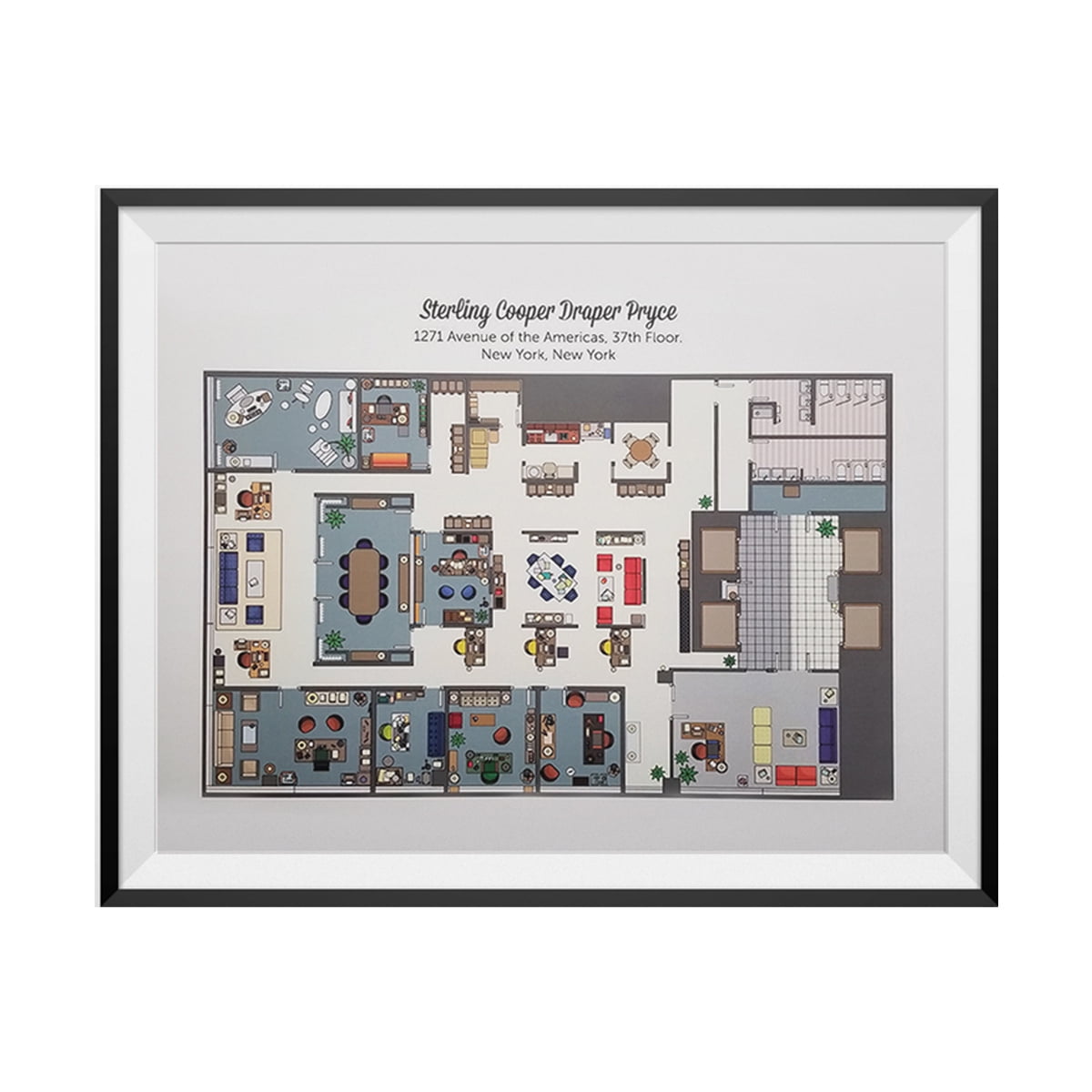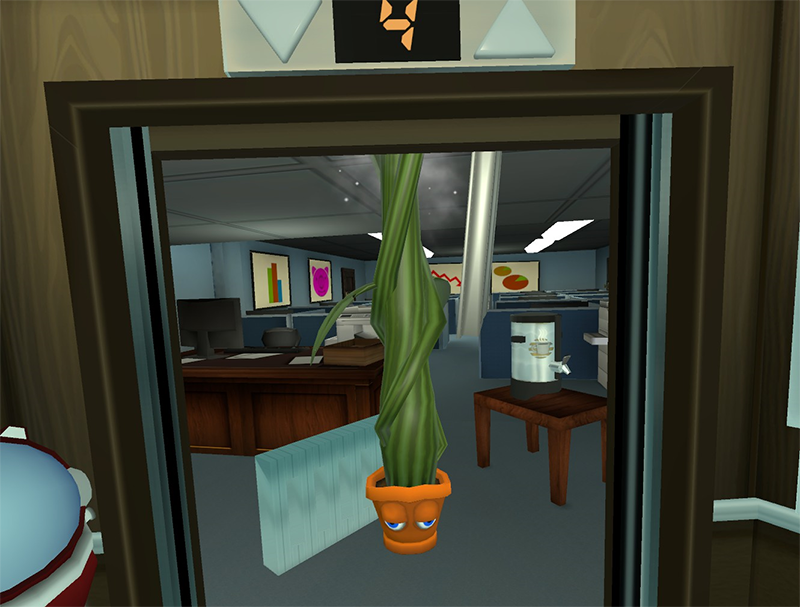
Pauline Marlière has a background in animation, but since she went freelance last year also works on game design. They ensure the flawless implementation of assets while respecting the artistic vision as well as the technical limitations of the game platform. Last but not least, technical artists bridge the gap between artists and programmers.
#Floor plan vr game fish software
Because the options of third party 3D engines like Unity or Unreal Engine in terms of animation are quite limited, animators often turn to special software or – if the budget allows that – motion capture. They create 2D visual references and style guides the team can use to make sure there’s a coherence to the visuals.ģD artists use these drawings as a starting point to create the actual 3D assets for all objects and characters in the game, while 3D animators make sure everything’s moving like it should. Concept artists work closely with the design team to paint a broad picture of their ideas. Visual artists come in various sizes and specialties but we’ve tried to identify some main roles. Games are a visual medium, so a striking art style can go a long way into getting your game noticed. Being around for quite some time, she’s also part of the management team where structure, culture, and policy are decided, and gets to attend a lot of interesting industry events. I’m glad we’re now also in game production as I like the industry and the people a lot.” At Cyborn, she follows up specific projects and has input on team management and creating new business. “When I graduated in photography and applied linguistics I knew that I wanted to work in a creative industry. Iris Delafortry started out as a producer at Hubris VR developer Cyborn while it was still a small 3D production company. You’ll need a firm navigator to keep development on track in terms of time and money (which are pretty much the same thing.) Whether to call this person a producer or a project manager doesn’t really matter, as long as their Excel skills are up to snuff, and they have the ability to find compromises between different departments with different needs. Working on games might be good fun, it’s also a great way to quickly burn through money. This can get tiring for some, but I actually think it can help break down some prejudice around gender.”, noting that sometimes people automatically assume she’s an artist or producer, rather than a programmer. “To get into a programming job, people have to prove themselves throughout their career. One thing I loved about that job is that it allowed me to dabble in multiple aspects of the production, such as design and project management.”īeing a self-taught programmer in a world of people who went to fancy schools, she feels like she has to prove herself harder because she doesn’t have an established technical background. “I was in charge of routine programming, bug fixing and maintenance tasks but I also got to design the quest and dialogue system from scratch. They can also create tools that the rest of the team can use during development.īefore moving to Montreal just last week, Alix Hottelet was a gameplay programmer at eXiin, working on Ary & The Secret of Seasons. Programmers or coders are the mathematical wizards that shape the game’s behaviour and create its logic. We like to talk about finished games in terms of experiences, but at the end of the day it’s a piece of software that needs to be programmed. Collaboration and communication are key to successfully wrap up a project. More so than other software, creating video games is a collaborative effort: there’s no job more or less important.

On top of that, in smaller game companies roles will blend into each other as there’s simply not enough devs to cover all areas separately. While browsing the different profiles, please keep in mind that a summary like this is hardly exhaustive.
#Floor plan vr game fish code
Coming hot off the heels of the Women Code Festival 2019 in Brussels, this is an excellent moment to highlight the many possibilities local game development offers to anyone who’s eager to embrace it wholeheartedly. In this two-part blog (with the second part up next month) we’ll go up close and personal with our beloved industry and take a closer look at the different roles you can play in it. Who are the people behind these games? What magic do they pull off to create these amazing experiences? Time to try and change that.


On the other hand, we spend very little time explaining what working in our local industry is like. Whether it’s on this blog or through our social media channels, we can’t seem to shut up about the #BelgianGamesIndustry.


 0 kommentar(er)
0 kommentar(er)
